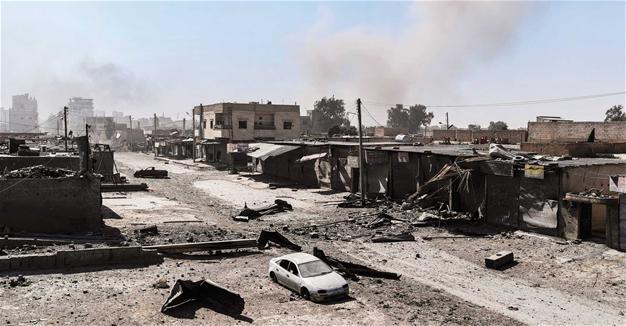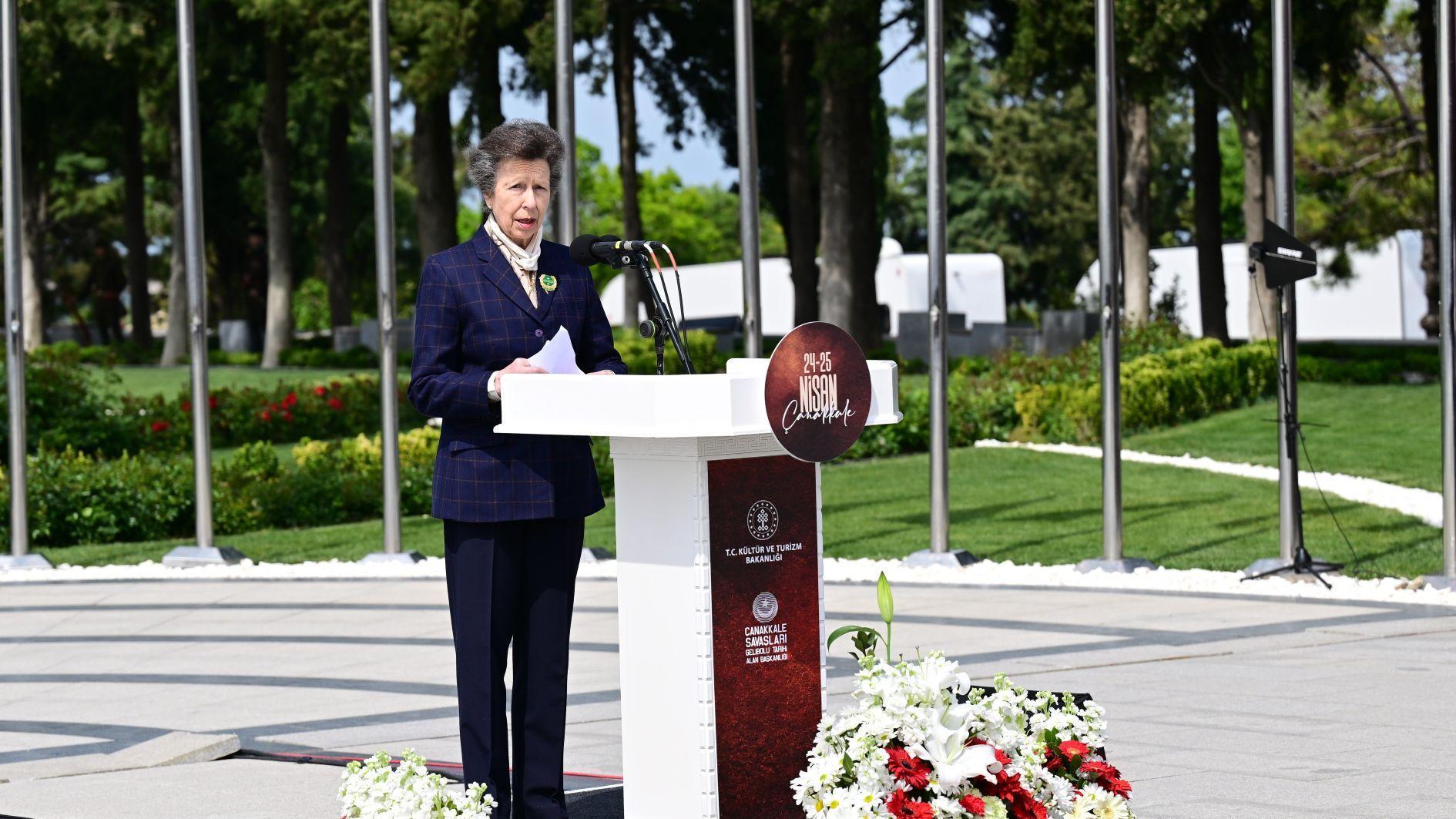Anti-ISIL operations enter fourth year
WASHINGTON
 The U.S.-led coalition campaign to destroy the Islamic State of Iraq and the Levant (ISIL) enters its fourth year, with authorities declaring concrete improvement, as Turkey, a key player in the coalition, also intensifies separate efforts for ceasefire in its neighbor Syria.
The U.S.-led coalition campaign to destroy the Islamic State of Iraq and the Levant (ISIL) enters its fourth year, with authorities declaring concrete improvement, as Turkey, a key player in the coalition, also intensifies separate efforts for ceasefire in its neighbor Syria. On Aug. 8, 2014, two FA-18 jets launched from the USS George W. Bush aircraft carrier in the Gulf and dropped 500-pound laser-guided bombs on ISIL militants near Arbil in northern Iraq. The action marked the beginning of an intense aerial bombardment that was later augmented by the training and equipping of local forces to fight ISIL, first in Iraq and then in Syria.
Turkey opened late in July 2015 its İncirlik Air Base in the southern province of Adana to coalition jets for strikes on ISIL, after the jihadist group killed 32 young people in a bomb attack in the Suruç town of the southwestern province of Şanlıurfa on July 20, 2015.
ISIL held several bomb attacks in Turkey after that. In the bloodiest single attack in Turkey’s history, at least 100 people were killed and more than 500 were wounded in twin suicide bombings targeting a peace rally in Ankara on Oct. 10, the same year.
At least 47 people were killed in a triple suicide bombing and gun attack at Istanbul’s Atatürk Airport on June 28, 2016. In a one-man ISIL attack on a nightclub in central Istanbul in the first hours of 2017, 39 people were killed.
NATO-member Turkey’s jets also carried out attacks on ISIL positions in Syria.
However, the U.S.’s support to the People’s Protection Units (YPG) on the ground has been a major dispute between the two allies as Turkey names the group terrorist for its ties to the Kurdistan Workers’ Party (PKK).
Boots on the ground
Turkey also put its boots on the ground against ISIL, sending troops, tanks and warplanes to support Free Syrian Army (FSA) rebels in Syria last August.
Prime Minister Binali Yıldırım said late in March that Turkey’s Euphrates Shield operation ended, but suggested there might be more cross-border campaigns to come.
“Operation Euphrates Shield has been successful and is finished. Any operation following this one will have a different name,” he said.
Under Euphrates Shield, Turkey took the border town of Jarablus on the Euphrates river, cleared ISIL from a roughly 100-kilometer stretch of the border, then moved south to al-Bab, an ISIL stronghold.
Turkish troops are still stationed in the secured regions and along the border.
De-escalation zones meeting
Along with the efforts under the coalition, Turkey, Russia and Iran have already developed an initiative to establish de-escalation zones in Syria.
The three guarantor powers in the Astana talks kicked off the sixth round of a high-level trilateral meeting in Tehran, in a bid to reach a consensus on such zones on Aug. 8.
“Three de-escalation zones are already operating in southern Syria, Eastern Ghouta and north of Homs, but the parties are working on the largest zone in the province of Idlib,” Russian Foreign Minister Sergey Lavrov said on Aug. 6.
The fifth international meeting in the Kazakh capital of Astana to settle a ceasefire in Syria took place on July 4 and 5, with the participation of Special Envoy of the U.N. Secretary-General for Syria Staffan de Mistura, delegations from the guarantor countries, the Syrian government and the Syrian armed opposition, along with representatives from Jordan and the U.S. as observers.
However, Russia, Turkey and Iran failed in the July meeting on creating four de-escalation zones in Syria after Ankara raised objections, with the three countries setting up a working group to reconcile their positions before the August meeting.
“The Turkish delegation objected to the adoption of any documents related to the implementation of mechanisms of the agreement on the de-escalation zones,” Bashar al-Jaafari, Syria’s U.N. envoy, said.
In May, the participants of the talks in Astana agreed on establishing four safe zones in Syria as part of the de-escalation process. Russia, Iran and Turkey will deploy security forces after they reach a final agreement.
Most ISIL territory ‘recaptured’
ISIL burst into the limelight earlier in 2014 as it swept across northern Iraq and Syria, seizing major cities including Mosul and Raqqa, and leaving a trail of slaughter and barbarity in its wake.
At the height of its advance, ISIL held about 104,000 square kilometers of territory and even threatened Baghdad, with many Iraqi military units collapsing in disarray as the jihadists approached.
“They had eight million people who were being ruthlessly held captive by their rule and living in misery, many forced into refugee status and depravity,” Pentagon spokesman Navy Captain Jeff Davis said on Aug. 7.
In the three years since the campaign began, 70 percent of the territory ISIL once held in Iraq has been recaptured, and 50 percent in Syria.
“Not one inch of that territory that we have liberated has been retaken by ISIS,” Davis said, using another acronym for the jihadist group.
“ISIS is facing its inevitable defeat. We will win and they will lose,” he added.
The U.S.-led coalition comprises 69 countries, though only a handful of these partners are participating in the air campaign or training missions.
Even though experts foresee the eventual collapse of ISIL’s self-declared “caliphate,” the jihadists have fought back by calling on followers to launch terror attacks across the globe.
As of July 26, the coalition conducted 13,221 strikes in Iraq, and 10,701 strikes in Syria, for a total of 23,922 strikes at a daily cost averaging $13.6 million.
The fight against ISIL has seen constant bombing sorties, often in urban areas.
The coalition has acknowledged killing 624 civilians to date, though observers say the real number is much higher.
















